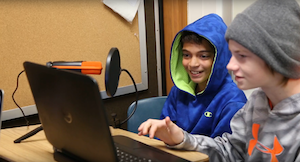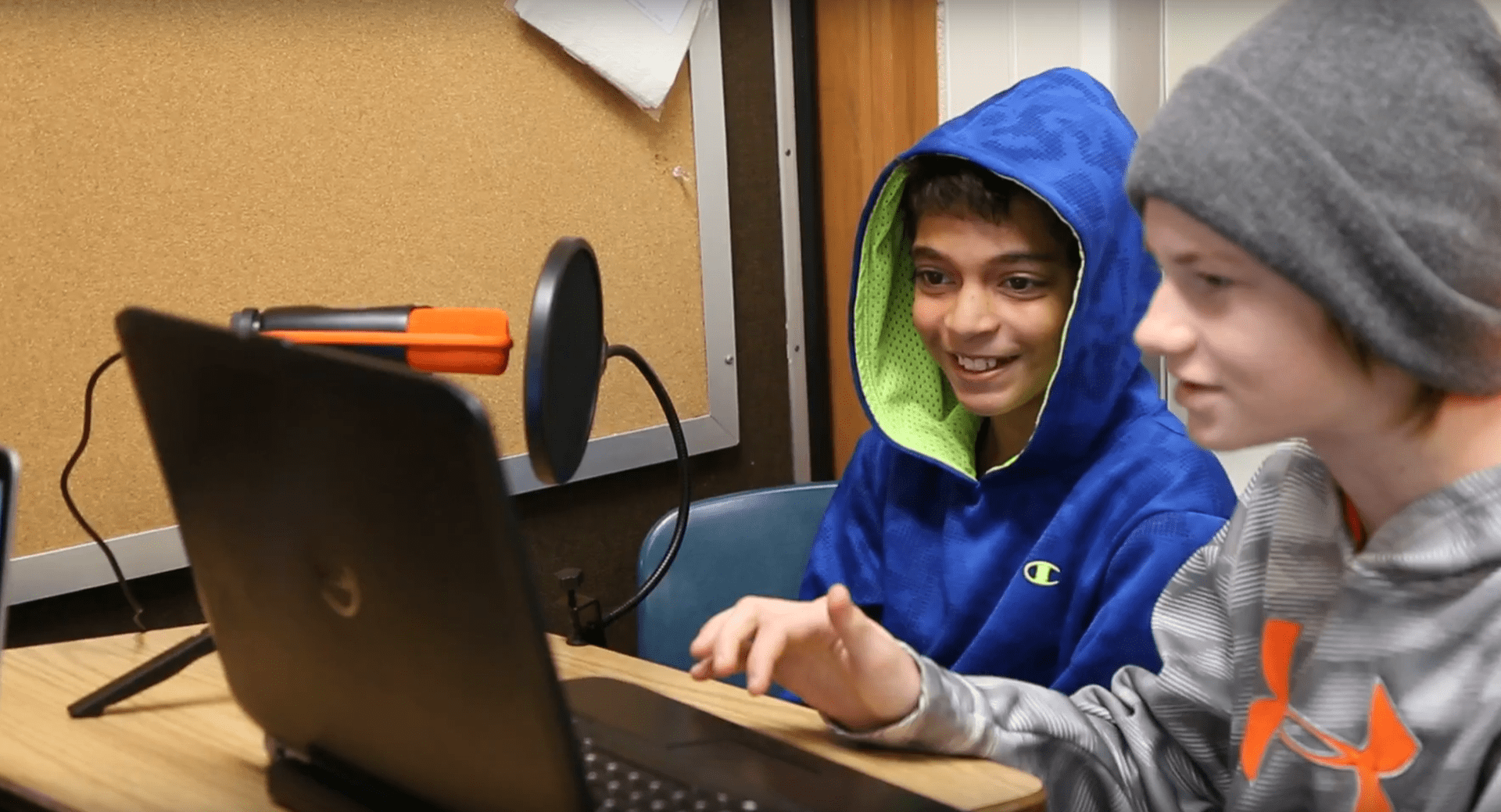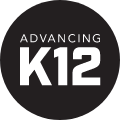Weighing the Benefits of Project-Based Learning
 BY Advancing K12 Staff
BY Advancing K12 Staff

What did you do at school today? It’s an age-old question, but some parents today might be pleasantly surprised by their kids’ answers:
I harvested squash.
I finished blueprints for the tiny house.
I edited promotional materials for next week’s movie premiere.
Most of us can’t recall much beyond baking soda volcanoes and book reports from our K-12 years, but students who engage in project-based learning will likely create memories to draw on in their adult years – and develop useful skills, knowledge, and real-world savvy to boot.
Project-based learning, or PBL, can set the stage for a host of beneficial outcomes, from deeper learning to more engaged kids to improved equity. There’s a big difference between “doing a project” and “doing project-based learning." The devil, as they say, is in the details.
What is PBL?
PBL is as much a mindset as it is a teaching strategy. Instead of dispensing resources and a roadmap for learning, teachers help students blaze a new trail. The learning starts with a central, authentic question and branches out as students gain the knowledge and skills they need to develop a solution, fine tune their work, and share their project with the community.Though the model might look different from school to school, several elements are essential for “gold standard” PBL:
- A challenging problem or question
- Sustained inquiry
- Authenticity of purpose
- Student voice and choice
- Reflection
- Critique and revision
- Public product
Projects can be as diverse as the students and communities themselves, and the skills students develop are reflective of the 21st century challenges they will likely face in their lives and careers.
Is PBL really a recipe for success? Let’s find out.
Weighing the Benefits
As you explore the potential of PBL, you’ll find benefits both expected and unexpected. Continued research is needed to understand the long-term advantages and best practices for integrating PBL, but existing studies point toward promising results.Relevance & rigor: Adopting PBL school-wide or even district-wide ensures a high default level of rigor in each classroom. The PBL framework does the heavy lifting of making sure every student stays challenged and engaged. New Tech Network and High Tech High, two project-based learning networks, boast high rates of on-time graduation (93% for NTN), college attendance (96% for HTH), and even increased social and emotional skills that can improve college persistence. Moreover, current studies show little difference between the test scores of students in PBL and non-PBL classrooms, easing the concern that PBL will leave students unprepared for high-stakes testing situations.
Real-world readiness: PBL helps kids prepare for real world challenges by fostering critical thinking, collaboration, creativity, and other skills. In fact, research through the West Virginia Department of Education found that “extensively trained PBL-using teachers taught 21st century skills more often and more extensively” than a similar group of teachers who don’t use PBL. These skills will come in handy whether a student pursues a more traditional career path or joins the 50% of people who will do freelance work in some capacity by 2020.
Potential for improved equity: Traditional teaching methods don’t always cultivate the most fertile ground for students with special learning needs. Various studies have shown promise that PBL can be a valuable strategy for at-risk students and students who have experienced linguistic, ethnic, and class inequalities. PBL can be especially effective with lower-achieving students – but not at the expense of your high achievers. This kind of personalized learning can continually raise the bar for even the most advanced learners.
Tech smarts: In PBL, as in life, technology can be a more efficient means to an end. Instead of being driven by top-down initiatives, technology use is directly tied to the project at hand. Kids working on a construction project may learn to use design software, GPS devices, and skill saws, while kids practicing journalism might just need a smartphone and a reliable internet connection.
A take-charge mindset: John Larmer, editor in chief at BIE, says students “who have tackled challenging projects in school become citizens who are (and will need to be in the coming years) confident in their own power to change the world.” What more could we ask of our education system? There’s something to be said about the effect a learning strategy has on climate and culture – and with PBL, all signs point toward a brighter outlook for students, teachers, and whole communities.
3 Steps Toward PBL
Are you convinced that PBL is right for your school, but don’t know where to begin? See if one of these three steps could be your first.See your own work through a project-based lens: Are you planning a building remodel, adopting a new schedule, or starting another complex project? Use the BIE Project Planner to outline your own task and get a better sense of how students will approach their own project-based challenges.
Visit, explore, connect: Spend some time exploring PBL and its possibilities. Visit schools who are already using PBL and join #PBLChat on Twitter every Tuesday at 8:00 pm EST / 5:00 pm PST. Get a sense of your community’s readiness for collaboration by reaching out to local businesses, agencies, organizations, colleges, and universities.
Build a project library: Gather a group of PBL advocates in your district and start building a PBL guidebook and a library of potential projects. Check out the BIE project search for inspiration, and collect or create documents like a parent letter, project rubrics, and planning forms.
PBL is about how we learn. Not by lectures and note-taking, but immersed in the hands-on, practical projects that have tangible value. The push for student-centered, authentic learning experiences is gaining momentum fast – is your district primed for success in a project-based world, or do you feel good enough about the status quo?
Interested in learning about the benefits of other alternative educational strategies? Find out about some unconventional methods of grading, scheduling, and thinking that are transforming education.
WHAT'S NEXT FOR YOUR EDTECH? The right combo of tools & support retains staff and serves students better. We'd love to help. Visit skyward.com/get-started to learn more.

|
Advancing K12 Staff Edtech Thought Leaders |




